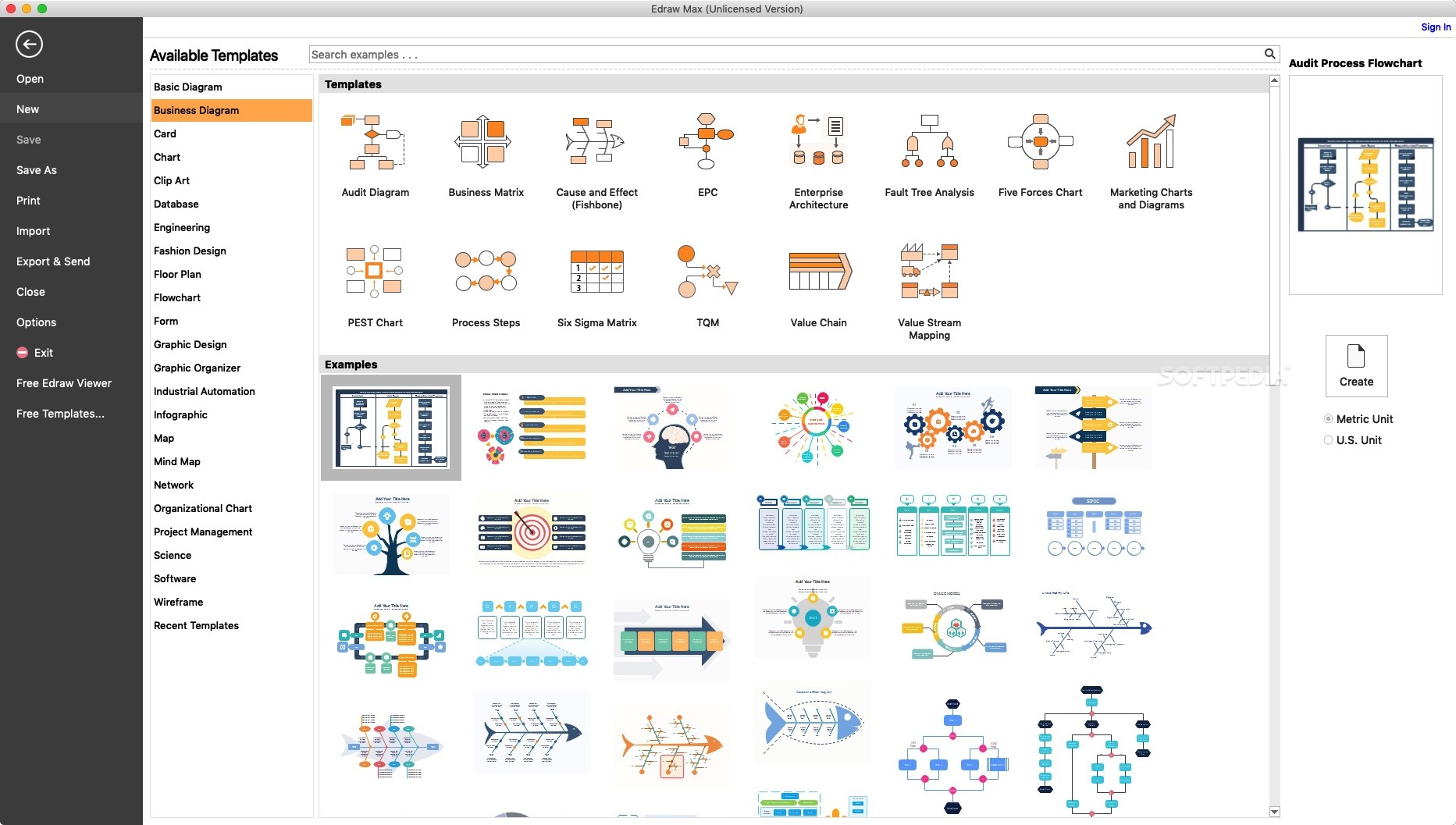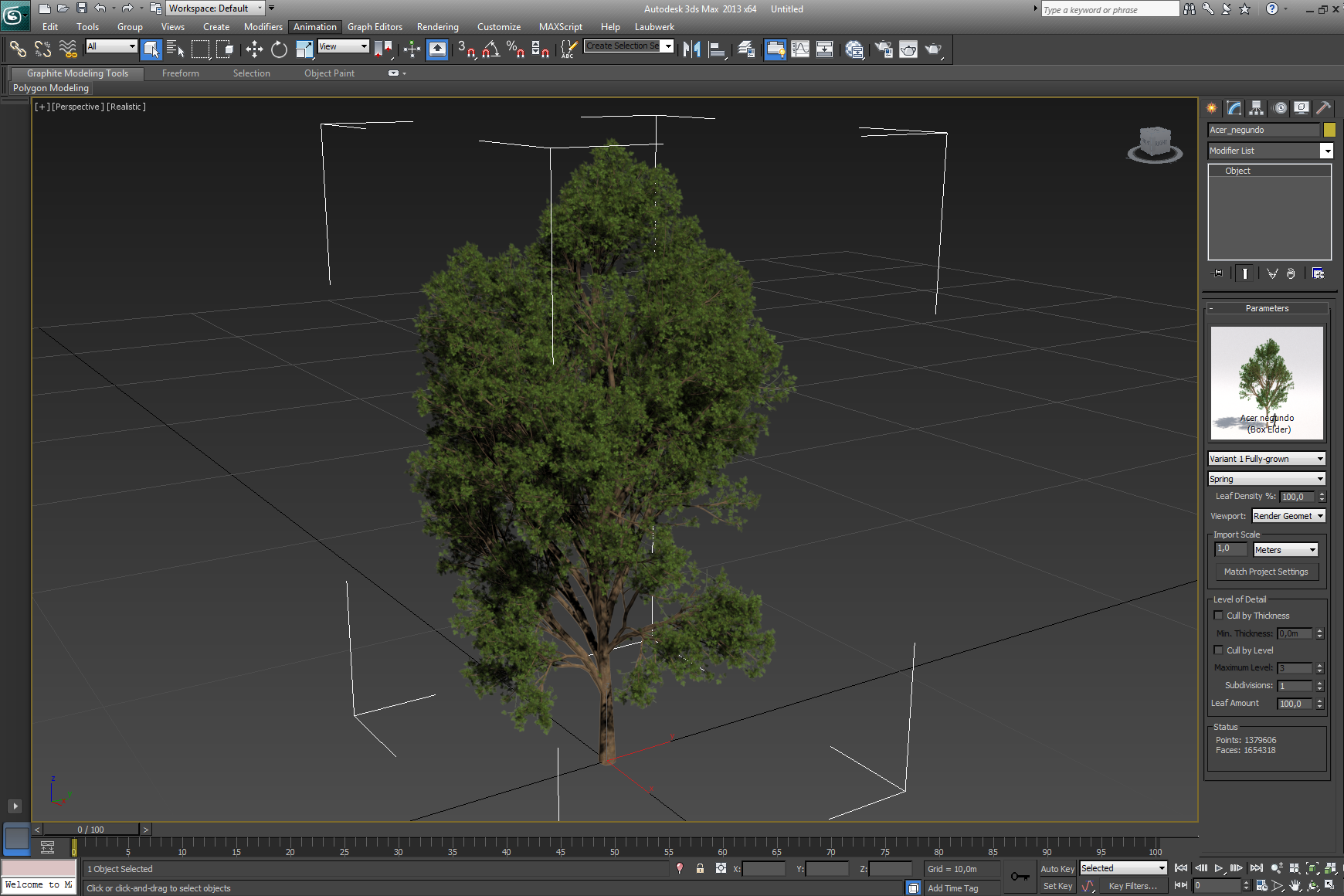

- #Max for mac software how to
- #Max for mac software update
- #Max for mac software full
- #Max for mac software software
TTime to revive the patient: sudo kextload /System/Library/Extensions/AppleHDA.kext/ Fortune favors the brave, and all that, but I always check to see if the backup's still there just before I do this: sudo mv ~/Desktop/ist /System/Library/Extensions/AppleHDA.kext/Contents/PlugIns/AppleHDAPlatformDriver.kext/Contents/ plist by dropping our renamed working copy back into the directory it came from. Oh, good, here's a rubber mallet: sudo kextunload /System/Library/Extensions/AppleHDA.kext/ To pull off the file-swap without annoying the system, we need to induce a temporary state of audio amnesia in Mr. It's just another Apple usage eccentricity, this time in the syntax of the defaults command insists on. The sharp-eyed individual will note that the path to the file stops at 'Info', leaving off the.

It's our working copy, so let's work on it: defaults delete ~/Desktop/Info IOKitPersonalities I nominate the Desktop to be as good a place as any to put the working copy: sudo cp -n /System/Library/Extensions/AppleHDA.kext/Contents/PlugIns/AppleHDAPlatformDriver.kext/Contents/ist ~/Desktop/ist

The installed copy and the working copy need to have the same name, so they can't be together in the same directory. Otherwise, let's make one more duplicate of the ist file, which we'll use as a working copy. Should you care to oblige me, you might post your result. Let's not perform brain surgery on the wrong patient: defaults read /System/Library/Extensions/AppleHDA.kext/Contents/PlugIns/AppleHDAPlatformDriver.kext/Contents/Info | egrep "MuteGPIO = 1342242829" Make a backup of the file we're targeting for modification: sudo cp /System/Library/Extensions/AppleHDA.kext/Contents/PlugIns/AppleHDAPlatformDriver.kext/Contents/ist. If something Really, Really Bad happens while following my instructions, it may be my fault, but it's your computer. Still, anyone proceeding on from here should be competent enough to catch typos or syntax errors. With a backup in place, none of this is dangerous or touchy or even particularly interesting. 50-50 odds like that are acceptable when there's no money on the line to pay for the fix.īefore I posted this, I tested each command by cut-and-pasting it into the Terminal. While the final product fixed my old, nearly-voiceless MacBook, I never could get it going for more than a few minutes at a time on my Sister's MacBook. I came up with this inelegant hack after weeks of thrashing around with the concept, but lacking any existing knowledge.
#Max for mac software how to
If that doesn't work, here's how to tear out all of the Apple engineers' hard work, and thereby restore the defaults Intel built into its audio chip and associated codec.

(Not all updates are apropriate for all models.)
#Max for mac software update
Although it wasn't true for everyone, many MacBook owners reported Firmware Update 1.2 cured their low volume issues. Doing so could provide the simplest solution possible. Before even thinking of doing anything I suggest, visit Apple's site to verify you have installed all of the appropriate Firmware Updates for your MacBook. Indeed, the engineers' caution has the plug-in adjust the volume of the startup chime to adapt to whatever DSP settings might be in force during a boot.
#Max for mac software full
The goal was to eliminate all the conditions which could be tough on little speakers, not just put a cap on the amplifier.Īpple was concerned that if the iTunes equalizer, as an example, had access to the full capacity of Intel's codec, (which Apple can't mess with), and if a user set the low frequencies to boom-box levels, it could end up being a one-time-only event. The plug-in also lists which digital signal processes are available for applications to hook into, as well as spelling out the upper and lower limits the processes may use.
#Max for mac software software
They used a kernel extension plug-in as a software workaround to restrict the MacBook's available gain potential. Apple's engineers had second thoughts about the operating margins of the early MacBook's speakers, but had them too late in the game to re-specify the hardware.


 0 kommentar(er)
0 kommentar(er)
